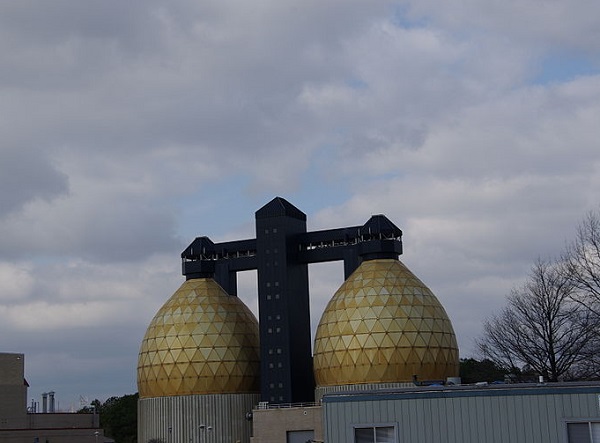Green Recovery: Maryland Invests $1.7M to Revive Polluted Rivers and Boost Community Resilience

Transforming Environmental Stewardship: Maryland Invests $1.7 Million in Community Green Projects
In a groundbreaking initiative to revitalize local ecosystems, the Maryland Department of the Environment, Chesapeake Bay Trust, and Baltimore Mayor Brandon Scott have unveiled an ambitious grant program supporting 21 community-driven environmental projects. The substantial $1.7 million investment targets critical improvements in water quality, pollution reduction, and urban green space enhancement.
The landmark announcement, made at the picturesque Cox's Point Park in Essex along the Back River, signals a powerful commitment to environmental restoration and community empowerment. By focusing on grassroots environmental initiatives, the program aims to create lasting positive change in Maryland's ecological landscape.
These strategic grants will enable local communities to implement innovative solutions that directly address environmental challenges, promoting sustainable practices and fostering a deeper connection between residents and their natural surroundings. From water treatment improvements to green space development, each project represents a crucial step towards a cleaner, healthier environment.
Mayor Brandon Scott emphasized the importance of community involvement, stating that these projects demonstrate the collective power of local residents in driving meaningful environmental progress.
